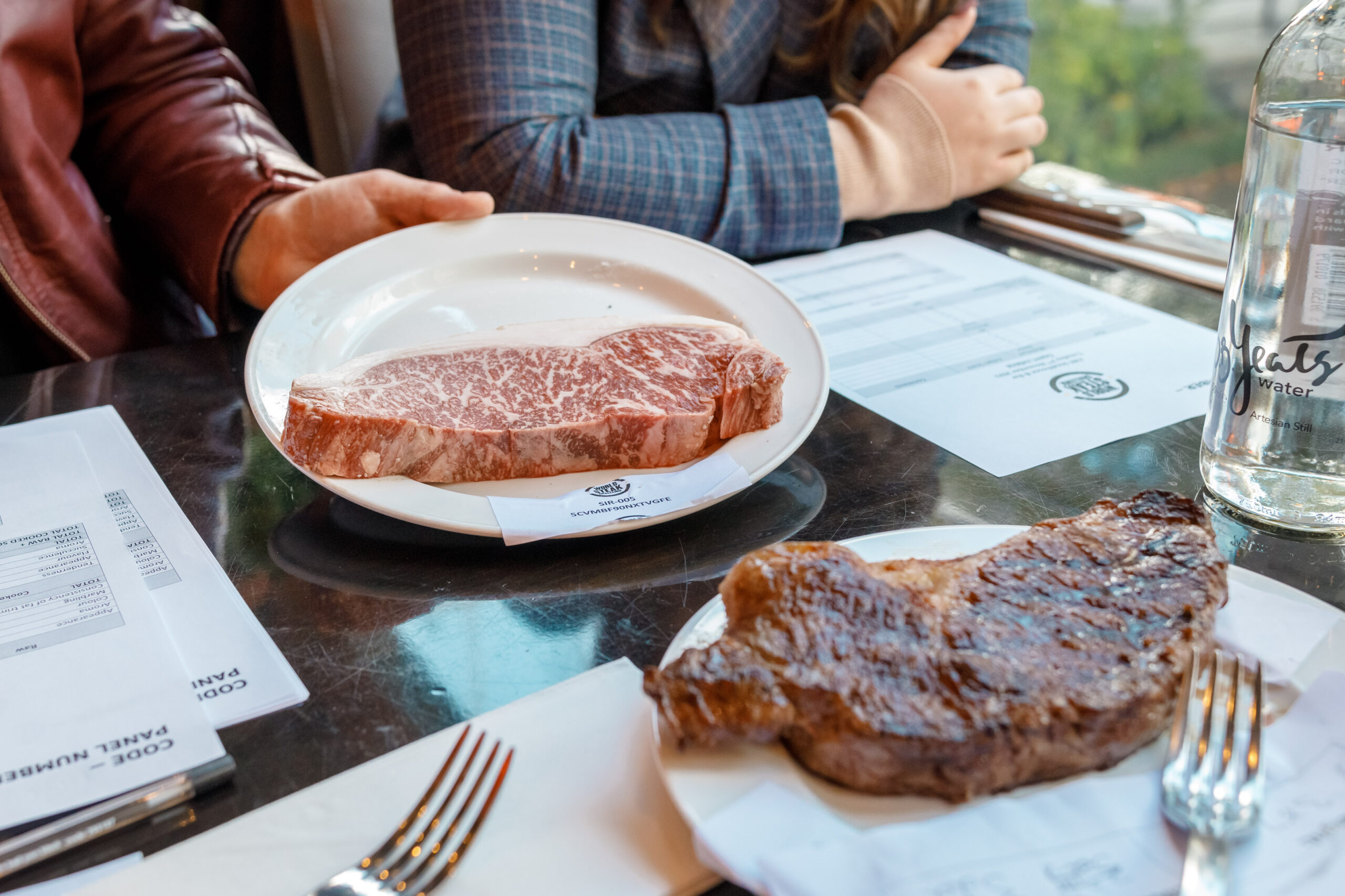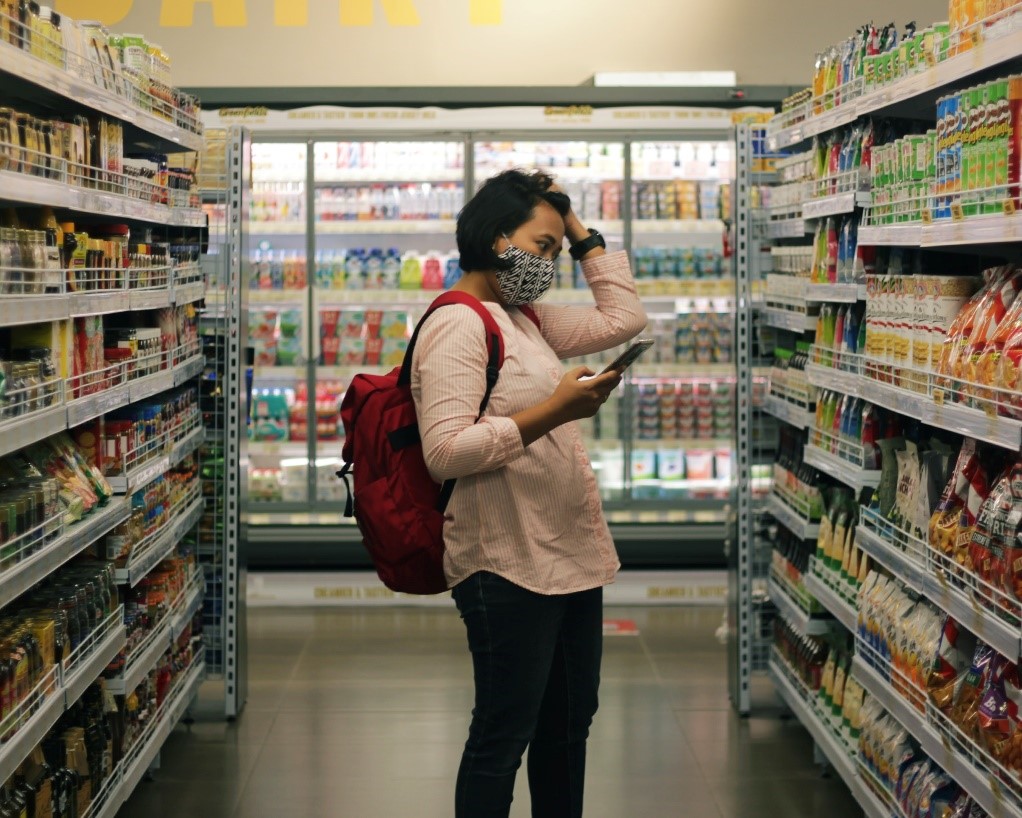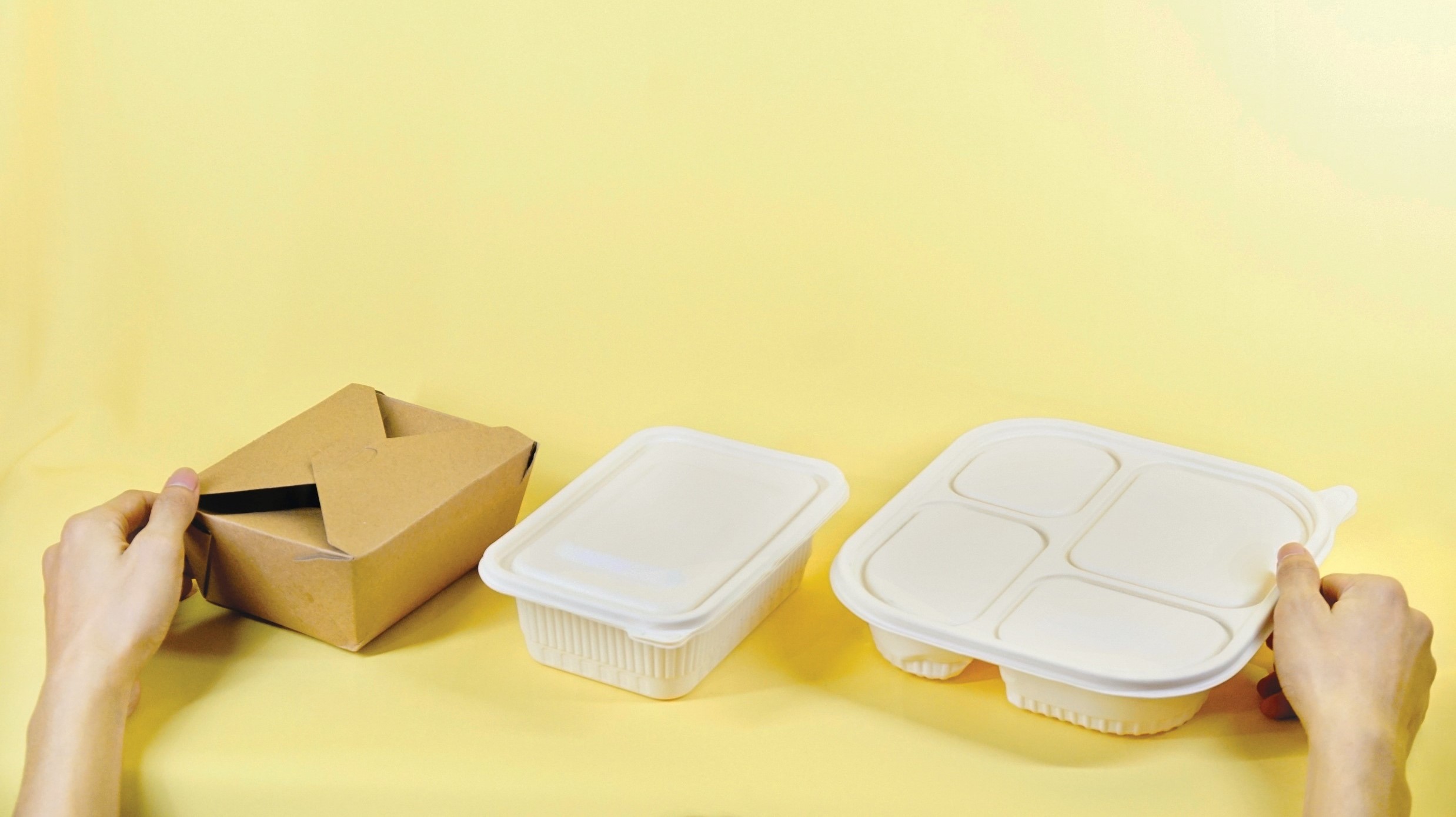Covid accelerated the growth of online retail and a series of large investments and takeovers will speed up these developments even more.
Size of the opportunity
The European market for groceries is worth €1.644 billion, with online groceries worth €52.1 billion. The average market share of online grocery is 3.2%. In the Netherlands, the market share of online groceries is expected to grow from 5.1% in 2021 to 9.6% in 2026, in the U.K from 10.5% in 2021 to 11.8% in 2026 and in France from 5.2 % in 2021 to 7.9% in 2026. Germany, Italy and Spain are less online oriented[1], as is the case in Sweden, where in 2020 online grocery retail only accounted for 1.5% of the market share but is expected to significantly grow to hold 3.5% by 2024[2].
At the moment the market is very fragmented with many online players fighting for space in the market.
Groceries delivered in 10 minutes
On the quick commerce front, there are now 10+ companies across Europe with more-or-less the same business model. Pure Quick commerce players such as Getir, Gorillas, Flink and Zapp, who have received large investments to expand their presence, seem to have a chance of winning the fight. Aggregators such as Just Eat or Uber Eats can easily add dark stores to their current operation enabling them to compete in this arena, the service recently launched in two more cities in Sweden bringing its operations in the country to cover seven cities. In Sweden, Foodora is also quickly ‘becoming a national grocery chain’ as it expands and opens further dark stores with the mission to deliver everything to everyone, 24/7 within 30 minutes.
Deliver all
Amazon’s delivery service for fresh groceries is also on the rise in Europe. The e-commerce giant delivers in a number of cities in the UK, France and Germany while in Spain and Italy they have started delivering to homes in Madrid and Milan. Amazon entered Sweden in 2020 however, it does not hold the same level of market share as the previously mentioned European nations. Although it has not made a large impact on the Swedish online grocery market as of yet, it is expected to see further growth but not to the same level as its other European counterparts.
Local market to your home
Recently, ICA which is Sweden’s top retailer, began its partnership with Ocado which allowed ICA to open its first automated 32,000 sq. metre warehouse in Stockholm to meet the rapidly growing demand for e-commerce in the region. This is a timely development for ICA, who achieved e-commerce growth of 117% in 2020 and during the first nine months of 2021, online grew to account for 4.9% of ICA Sweden’s sales, versus a share of 3.4% during the same period last year which indicates the trend is still growing rapidly[3].
The retail experience
When online grocery shopping becomes more common, the traditional retailers will need to win the customers with all the advantages a physical shop has. Retailers need to offer an experience to a customer to retain them. The stores can serve as a meeting point where food and drink can be bought and consumed. A place where you can get advice from experts and where you can be inspired by products.
The retail landscape is becoming more diverse. The consumer needs of each of the shopping platforms varies. However, with the rise of online commerce, buyers should consider logistics, added costs due to delivery drivers and quality of products reaching their end consumer.
For further information on sustainable Irish food and drink exporters please contact linda.madigan@bordbia.ie in your local Bord Bia for supplier connections
[1] IGD, March 2022
[2] IGD, 2020
[3] IGD, 2021 ICA and Ocado go live with first CFC.



